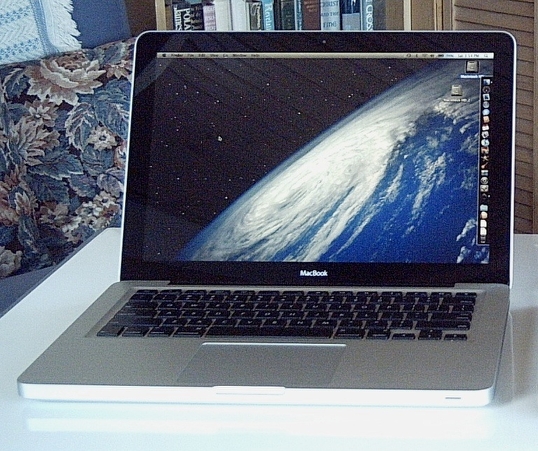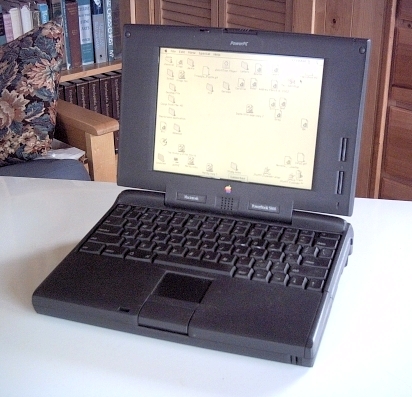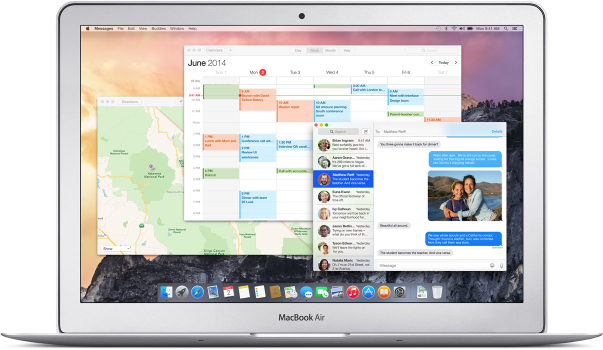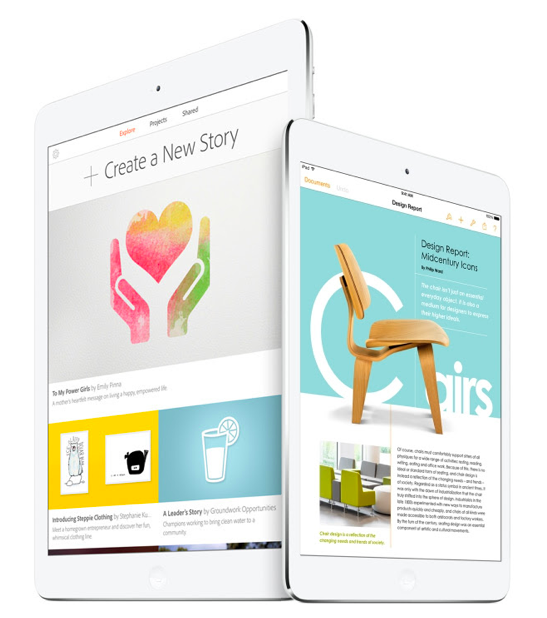How Thin And Light Computing Devices Won Me Over – The ‘Book Mystique
I’m a convert. Thin and light computers make sense. I love and continue to use my ancient Pismo PowerBooks and my late 2008 model aluminum MacBook, the latter partly because it supports OS X 10.6 Snow Leopard, which remains my favorite Mac OS version, but both feel like boat anchors compared with my mid-2013 edition 13-inch MacBook Air or even more so my iPad 2.
I’m not so sure about thin and light desktop computers like today’s generation of iMacs, since with a desktop machine, compromise of functionality, expandability, connectivity, and repair access seems far less compelling and carrying an emphasis on form over function to unreasonable extremes. But then, we bought a new 40-inch LED TV this week to replace a decade and a half old 20-inch CRT unit, and the “smaller” television must outweigh the expansive flat screen unit by a factor of four at least, so thin and light seems to be the form factor future.
And the 40-incher is just plain nicer to watch than even our older 26-inch flatscreen that used to seem so big. It’s all relative, I guess. An iPhone 6 Plus 5.5-inch display seems large compared to erstwhile 3.5-inch and 4-inch iPhone panels, but minuscule compared with even the 9.7-inch 1024 x 768 display in my iPad 2, which in turn is actually larger than the 9.5-inch 640 x 480 screen in my first Apple laptop, a PowerBook 5300 back in 1996.
Rule of thumb (observed): with viewing screens, bigger (within reason) is better. I would have to be pretty desperate to watch a feature film length movie And thinness and on an smartphone screen — even a phablet like the new iPhone 6 Plus. I have occasionally watched an hour TV show on my 9.7-inch iPad, but don’t consider it a quality viewing experience compared to even a small TV set.
However, as I said, I’ve become convinced that in portable devices particularly, thinness and lightness have substantial advantages as well.
The MacBook Air is just nicer and more comfortable in off-desktop use than even my late 2008 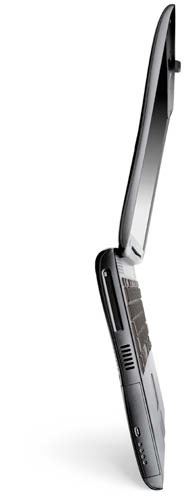 aluminum unibody MacBook, let alone the Pismos (hyped as “thin and light” in their day, which they were, relatively speaking). What’s been given up to achieve the svelte dimensions and lighter weight has proved more dispensable than I had imagined it would. I still miss the speed and flexibility of FireWire, and Thunderbolt has proved too rich for my wallet peripherals-wise so far, but I’ve been managing fine thus far with USB 2 and 3. The few times over the past 10 months that I’ve needed to access a DVD from the MacBook Air, a handy little Apricorn Aegis 500 GB external HDD with a built-in tray-loader DVD drive has worked just fine.
aluminum unibody MacBook, let alone the Pismos (hyped as “thin and light” in their day, which they were, relatively speaking). What’s been given up to achieve the svelte dimensions and lighter weight has proved more dispensable than I had imagined it would. I still miss the speed and flexibility of FireWire, and Thunderbolt has proved too rich for my wallet peripherals-wise so far, but I’ve been managing fine thus far with USB 2 and 3. The few times over the past 10 months that I’ve needed to access a DVD from the MacBook Air, a handy little Apricorn Aegis 500 GB external HDD with a built-in tray-loader DVD drive has worked just fine.
With online downloading having superseded physical DVD installers for OS X and most software applications, and the generally rock-solid dependability of today’s operating systems, a lot of the need for the utility provided by high-speed connectivity interfaces like FireWire, and before it SCSI, thave largely become redundant. The need for emergency disk booting and frequent troubleshooting and disk maintenance just doesn’t crop up much anymore, and clean system reinstalls (remember them?) virtually never.
I’ve considered all three stages of Apple laptop computer development that I still have in active service to be the best Macs I’ve ever owned in the context of their times respectively, which means that the MacBook Air is awfully good. So there’s reason to anticipate that the new 12″ Retina MacBook Air that Apple is widely believed to have waiting in the wings for unveiling at the special press event in Cupertino tomorrow to be the best MacBook yet.
Aside from the higher-resolution display — possibly a touchscreen, the next-gen AIr is expected to have an even slimmer form factor than the current Airs, and be the first Apple laptop with no internal cooling fan since the PowerBook 1400c, last sold in 1997. The razor-thin profile and cool running are said to be facilitated by a new generation of even more thermally efficient Intel 14nm Broadwell Core I CPUs as compared with the 22nm process Haswell silicon in my MacBook Air.
So while I had wondered if I would find the MacBook Air’s compromises frustrating to live with, that hasn’t been the case, and it makes me open-minded about the potential of the 12.9-inch “professional” iPad that’s been rumored all year, but introduction of which has reportedly been pushed back due to Apple’s OEM component supply chain’s struggles to keep up with demand for the new iPhone 6 and 6 Plus smartphones. Nevertheless, I’m not ruling out Apple divulging at least a teaser if an iPad pro is indeed in the pipeline.
Nor would I dismiss the potential popularity of such a machine. I’m still a laptop guy, but I’m also an iPad guy, and it doesn’t have to be either/or. That said, I’m open to being convinced that a 12 or 13-inch tablet could even eventually eliminate iOS the necessity of having a laptop or desktop to compliment the slate. There would have to be an awful lot of iPad and iOS productivity support improvement though.
ZNet’s Larry Dignan thinks it’s coming, arguing in a blog this week that if Apple wants more iPad unit shipments and market share, they’re going to have to look to productivity-oriented enterprise users. Dignan observes that while the iPhone has a lot of business traction, the iPad is close behind and has a better shot than the Mac ever will in the enterprise. And with the consumer tablet market apparently going to be dominated by cheap, almost throwaway devices, Apple can preserve margins by making iPad look more like a corporate device than a personal one.
Still, I remember how I wondered if I would ever have use enough for the iPad to justify its purchase price. Three and a half years on, it doesnt owe me anything, and I consider it to have ben a spectacular value for the money, and I certainly have no qualms about buying a new iPad Air when they finally become available for purchase — likely around the 24th of this month. And I’m keeping an open mind about a larger-screened iPad.
Larry Dignan argues that with the iPhone 6 Plus eating away at iPad mini sales at the smaller-screen end, Apple’s tablet portfolio will have to skew toward larger screens, which will make the iPad better suited for tasking that has been traditionally dominated by laptops. He notes that the new slate of business apps Apple’s is developing in partnership with IBM also work better on larger screens, and predicts that enterprise tablet replacement cycles may ultimately approximate those of PCs with three-year minimums and likely longer tenures in the field between replacement cycles.
On the weekend, market research firm comScore noted that ’49 percent of the time Canadians, who are the second-heaviest Internet users in the world, spend online is now via mobile devices. Moreover, the survey found that 1.3 million Canadians in the course of a month will only use a mobile device to access the internet and won’t use a computer at all. As of this past June, comScore estimates the number smartphone owners in Canada is up 12 percent year-over year and that tablet usage had grown 37 percent since June 2013. Sales of tablets may be lagging globally, but no sign of that here in Canuckland. I expect sales of Apple’s new iPad offering revealed tomorrow will be robust.

